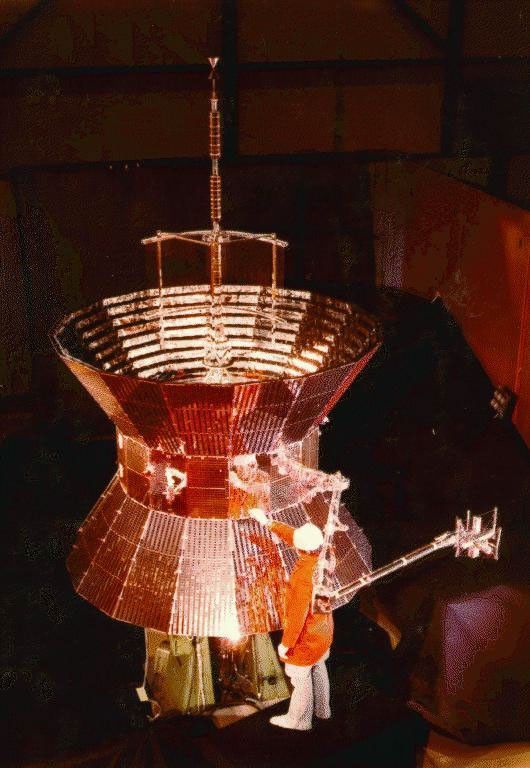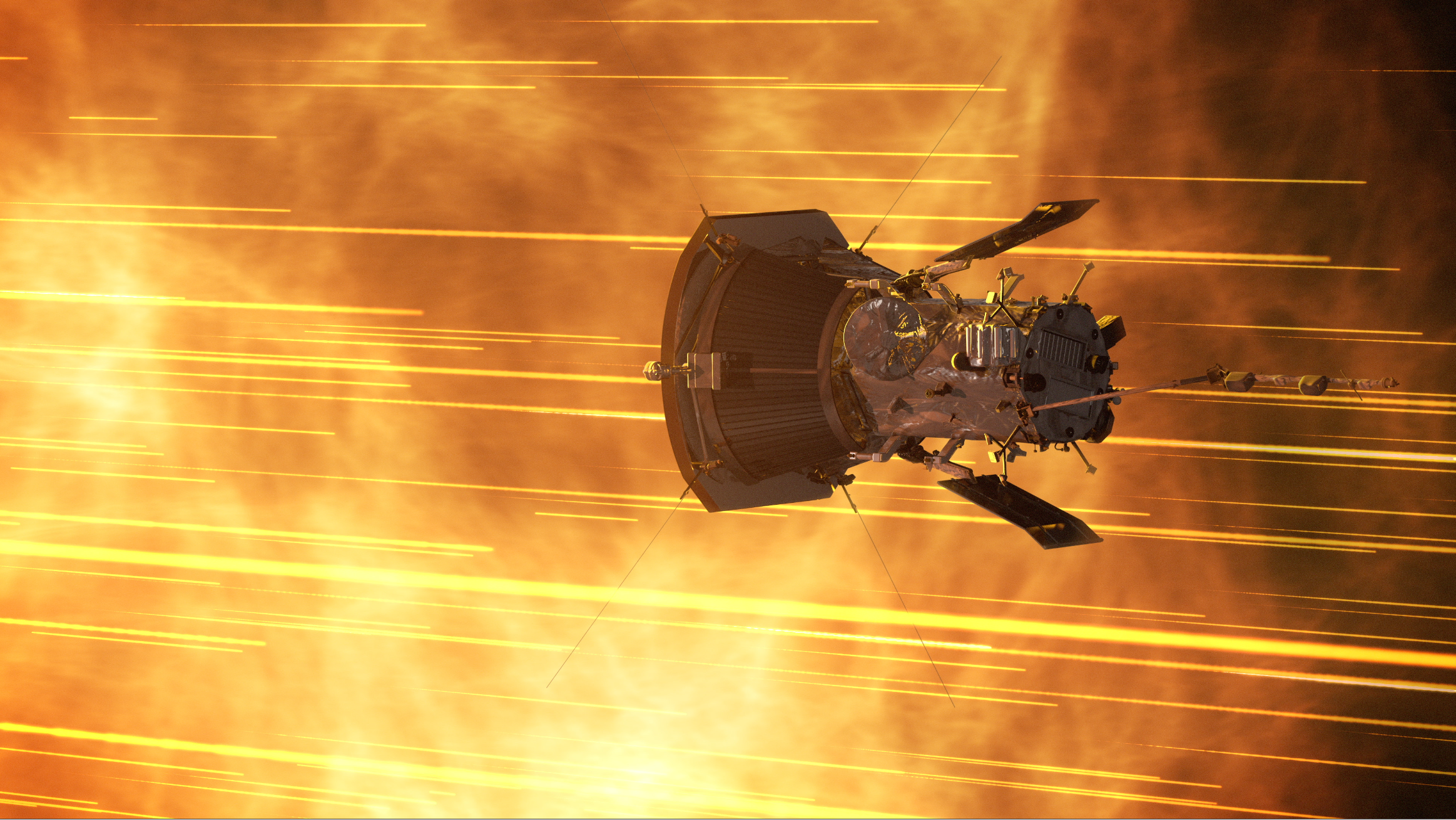Helios 2
Type
Launch
Target
Objective
Results
Helios 2 was the second spacecraft launched to investigate solar processes as part of a cooperative project between the Federal Republic of Germany and the United States in which the former provided the spacecraft and the latter the launch vehicle.
Although similar to Helios 1, the second spacecraft had improved systems designed to help it survive longer. Like its twin, the spacecraft was put into heliocentric orbit; all communications with the spacecraft were directed from the German Space Operation Center near Munich.
In contrast to Helios 1, Helios 2, flew about 1.9 million miles (3 million kilometers) closer to the Sun, achieving perihelion April 17, 1976, at a distance of 0.29 AU (about 27 million miles or 43.432 million kilometers), a distance that made Helios 2 the record holder at that time for the closest flyby of the Sun.
As a result, the spacecraft was exposed to 10 percent more heat (68 degrees Fahrenheit or 20 degrees Celsius more) than its predecessor. The spacecraft provided important information on solar plasma, the solar wind, cosmic rays, and cosmic dust, and also performed magnetic field and electrical field experiments.
Besides investigations of the Sun and the solar environment, both Helios 1 and Helios 2 observed the dust and ion tails of at least three comets: C/1975V1 West, C/1978H1 Meier, and C/1979Y1 Bradfield.
Helios 2’s downlink transmitter, however, failed March 3, 1980, and no further usable data was received from the spacecraft. Ground controllers shut down the spacecraft Jan. 7, 1981, to preclude any possible radio interference with other spacecraft in the future.
Source
Siddiqi, Asif A. Beyond Earth: A Chronicle of Deep Space Exploration, 1958-2016. NASA History Program Office, 2018.


































